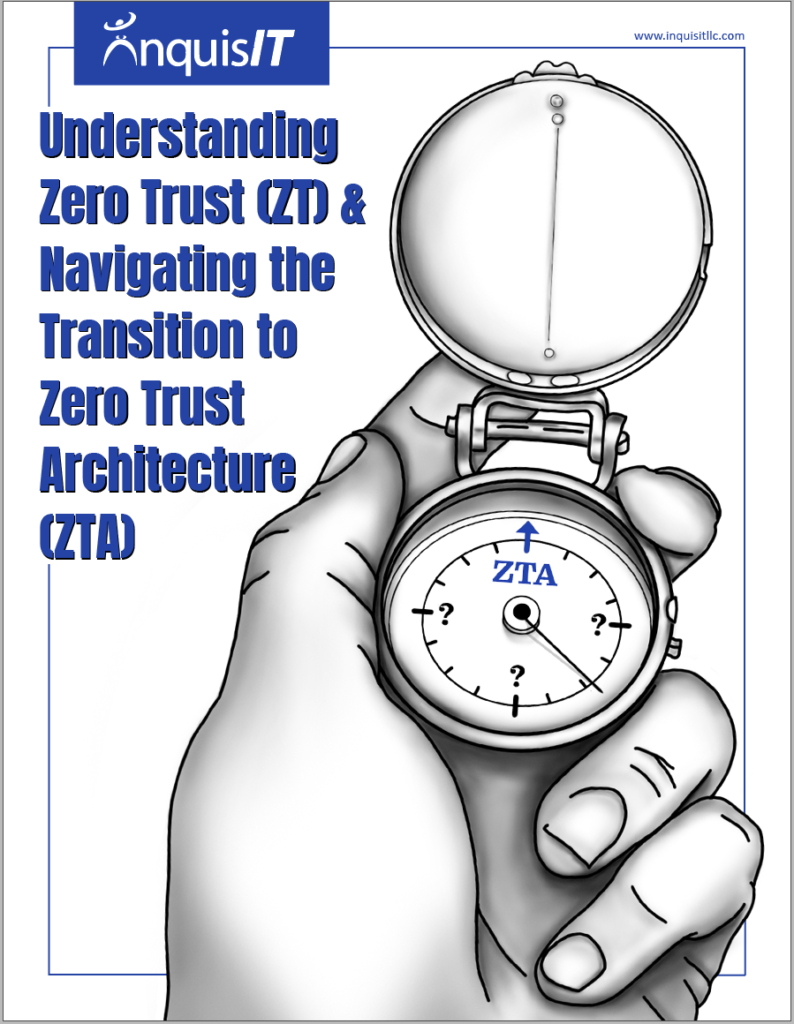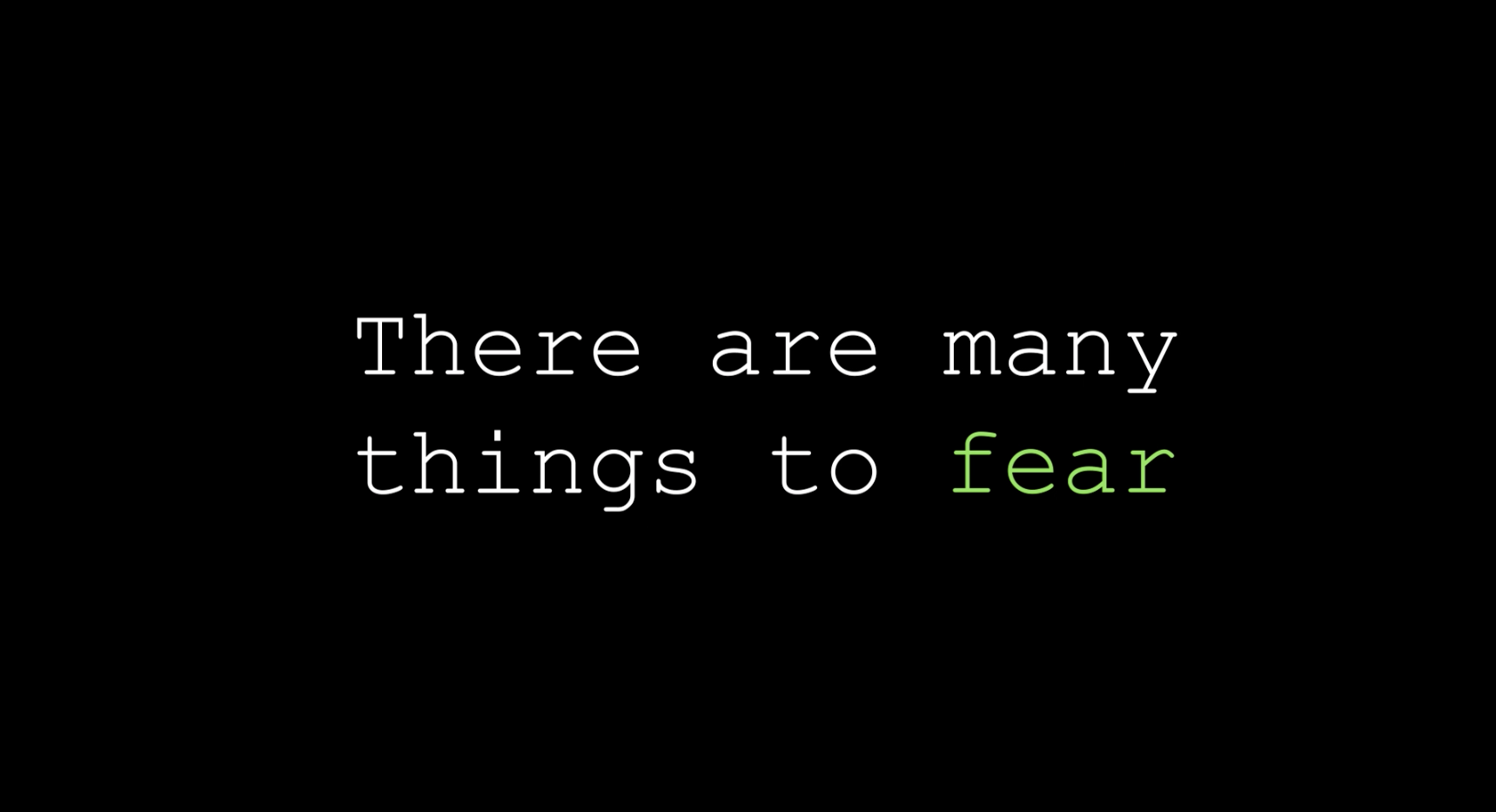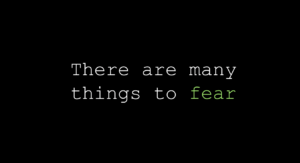We strongly believe that well-designed and properly implemented Zero Trust Architecture will improve your odds in the ongoing struggle with bad actors in cyberspace, and that it will also strengthen an agency-wide organizational culture of continuous improvement in cybersecurity.
It is our mission to help you
get it right the first time.
The basic principles of Zero Trust (ZT) are easy to understand because they require continuous access decision-making across the entire IT architecture. No user gets a pass to roam freely within the network simply because they have a tie to the organization and/or a password. Interrogating every request significantly reduces the risk a breach. Zero Trust Architecture (ZTA) is the implementation of ZT principles into an IT network, with all the necessary assessments, planning, policies, and controls on a constant basis.
To make this material as accessible, understandable, and interesting as possible for your agency, we use metaphors to communicate key elements of thinking about ZTA. We adapted recognizable cultural metaphors to present elements of ZT and ZTA. This helps to create a good foundation of initial shared knowledge within your agency. They are:
- Zero Trust: The Organized Crime Metaphor
- Zero Trust Architecture: The Las Vegas Gaming Business Metaphor
- Agency Harmony on ZTA Transition: The Diplomacy Metaphor
- Initial Advice on ZTA Transition: The Sports Team Metaphor
- Designing ZTA for the Agency: The Custom Tailoring Metaphor
- Implementing ZTA: The Medical Metaphor
As you read through each of our metaphors you will also see a method and philosophy behind assessing and planning a full Zero Trust Architecture.







